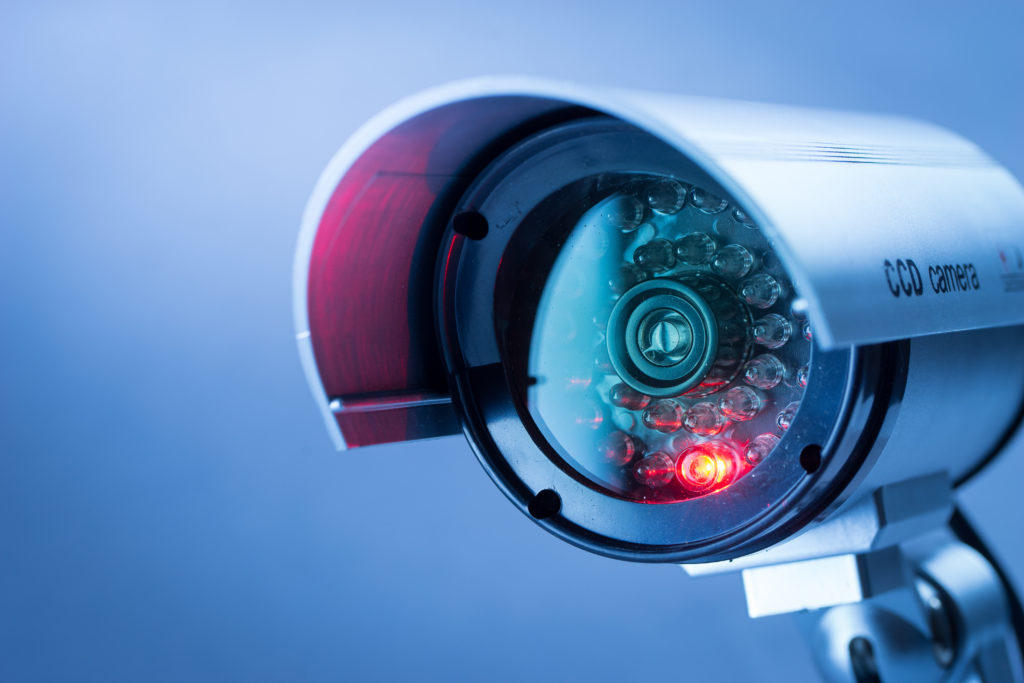
Over the past decade, Micro DVRs quickly become the de facto tool for a wide variety of surveillance operations. Whether you are trying to stop a bad-guy as an officer of the law, or as a business owner, these tiny devices can provide the extra concealment you need to accomplish the goal.
With the advancement of flash memory technology, resulting in cheaper, memory chips of over 32GB capacity, this new capability to document or catch key moments in time became accessible to a broader audience.
Once these little devices could record over an hour of video before needing to offload content, the demand jumped as users everywhere saw the power of hidden recording devices. And with all those features and all the options in market, how do you know which one to choose?
Top Features of Micro DVRs
Since the introduction of micro DVRs, many new advancements have been developed, making them ideal choices to replace larger recorders typically used for mobile or security applications. If you’re in the market for a micro video recorder, below are some of the top features of micro DVRs you should be familiar with:
1. Built-In Screen
For nearly all applications, a built-in LCD screen is very advantageous. In almost every case, the screen allows for easy camera positioning, installation and, after the fact, a quick review of the evidence.
2. Maximum SD Card Size
Most micro DVRs have at least a 16GB SD card capacity. On average, users experience around 1 hour of recording per 1GB of memory. So for short term operations, especially body-worn, 16GB is more than enough.
For other, more long-term, static applications, built-in video motion sensors, external triggers, end-less-loop recording and power-up recording can be used to manage memory.
3. Power Out
Power out is an often overlooked, but very important feature for body-worn applications and many others. Having power out, allows cameras and microphones to be powered from the micro recorder.
This eliminates the need for other battery packs, makes for a clean installation and reduces imprinting for body worn applications. Most micro DVRs with this feature will provide 5VDC but some like the MDVR29 provide 12VDC.
4. Alarm Inputs
Typically, alarm inputs are only found on larger mobile and CCTV type DVRs, but now a few unique micro recorders now come equipped with this feature. Having alarm inputs allow for integration to PIR detectors, door switches and even concealed switches to start and stop recording.
5. Power-Up Record
In long-term applications that draw power from a battery, a power-up record feature is invaluable. This feature works in conjunction with relays and sensors to apply the power to a micro DVR, such as the MDVR14, to boot-up and start recording.
When power is not applied to the micro video recorder, no amperage is drawn which greatly extends battery life.
6. Non-Proprietary Files
Micro DVRs that immediately write non-proprietary files such as AVI, WMV, MOV, etc, means no special software is required for viewing and makes for sharing evidence fast and easy.
Hopefully this blog has been educational and helped familiarize you with micro recorders. If you need additional assistance with any of your micro video recorder projects, please feel free to send us an email.






About The Author: Supercircuits Team
More posts by Supercircuits Team